Across cinema history, few genres have been as enduring and controversial as those releases bold enough to directly tackle the subject of war. Perhaps this is to be expected considering the divisive nature of many of history’s most memorable conflicts – which are often still capable of inciting debate – and the implicit drama both on and off the battlefield that can be mined in a wartime narrative. While the setting and precise message of war films may differ from one filmmaker’s vision to the next, the constant theme is that such conflicts are rarely as black and white as they may seem. The Siege of Jadotville – the new film from first-time director Richie Smyth – fits that description perfectly but not in the way some viewers may expect.
Set in 1961, the film – written by Kevin Brodbin (Constantine) – stars Jamie Dornan as Commandant Pat Quinlan, an Irish soldier with no battle experience who is selected to lead a UN peace-keeping mission in the Congo. He and his troops run into trouble, however, when they unexpectedly encounter French, Belgian and Katangese troops. Based on the 2005 Declan Power book The Siege at Jadotville: The Irish Army’s Forgotten Battle, the film (now in limited theatrical release and streaming on Netflix) sheds light on a story that perhaps not all viewers are familiar with and, rather than centering wholly on the two sides of the central conflict, digs deeper into the political rationale and machinations behind it all.
As viewers might expect, The Siege of Jadotville is set primarily out in the field, closely following Quinlan and his team of “war virgins” (the film’s wording, not ours) as they fight to complete their mission. Told from a more insulated perspective, these sequences aim to capture the isolation of these men and the dire nature of the circumstances they face. However, rather than place its focus on the personal lives of Quinlan and his soldiers (the former, as the film’s lead, naturally gets a bit more coverage in that regard), The Siege of Jadotville vacillates between the battlefield and the politics behind it. Mark Strong (Kingsman: The Secret Service) leads the latter storyline as Conor Cruise O’Brien, the UN representative trying to resolve the conflict in a way that benefits all the nations involved, and this angle helps the film stand apart.

While he may be best known for Fifty Shades of Grey, the Irish-born Dornan is a credible leading man as the courageous yet inexperienced Quinlan. The actor retains a certain steeliness that can make his performance feel stilted at times, but he also adds a quiet intensity that serves the character’s situation well. After all, this is a man who was not prepared for the level of warfare he encounters, and Dornan captures that well.
Likewise, Strong continues to prove why he’s perhaps one of the most underrated actors working today, imbuing O’Brien with a humanity and ambition as well as a devout sense of duty. However, despite the efforts of both Dornan and Strong, it is actually Danny Sapani – who plays the film’s antagonist, General Tshombe – that emerges as the true surprise. Charismatic and intimidating, Sapani transforms a role that easily could have fallen flat in lesser hands into one that manages to keep the film’s momentum alive even during its quieter moments.
Don’t let that statement fool you into thinking The Siege of Jadotville is devoid of thrilling battle scenes, however. In fact, the film has several notable combat sequences scattered throughout its 108-minute runtime, buoyed by a Joseph Trapanese score that sounds greatly influenced by the works of Hans Zimmer (that’s a compliment, by the way). While none of the insanity is next-level, fans of war films looking for some intense moments inherent with the genre shouldn’t be disappointed. Shocking and fast-paced, the slick camera moves and tight editing carry the mark of Smyth’s experience as a music video director and his wise decisions in assembling a team to bring the story to the screen.
The Siege of Jadotville isn’t a game-changing war film like Saving Private Ryan or Apocalypse Now, but Smyth does deliver a distinct vision, centering on the global ramifications of a single conflict. Even though the titular siege isn’t the grandest battle in terms of scale, the significance it holds in history and the message its story sends is certainly worth capturing on film. Sure, The Siege of Jadotville could have developed its characters a bit more and sharpened other elements of the filmmaking, but it deserves credit for creating a well-executed addition to the genre that deftly balances thrilling battle sequences with deeper exploration of the tenuous balance between diplomacy and carnage.



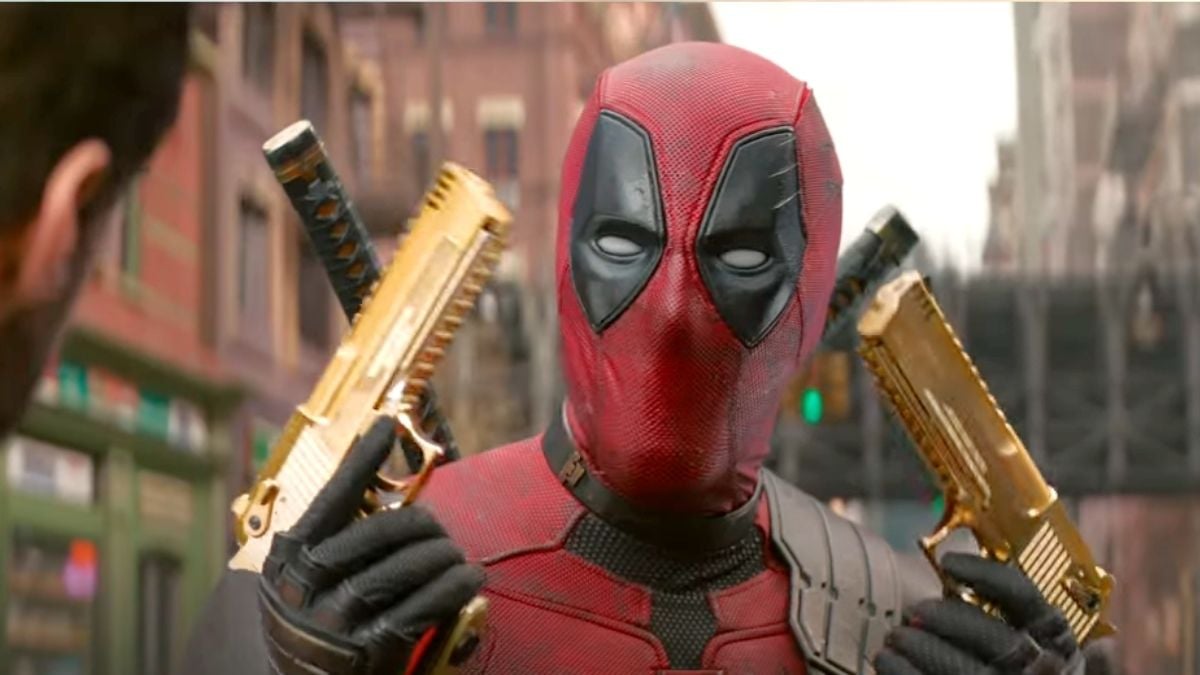
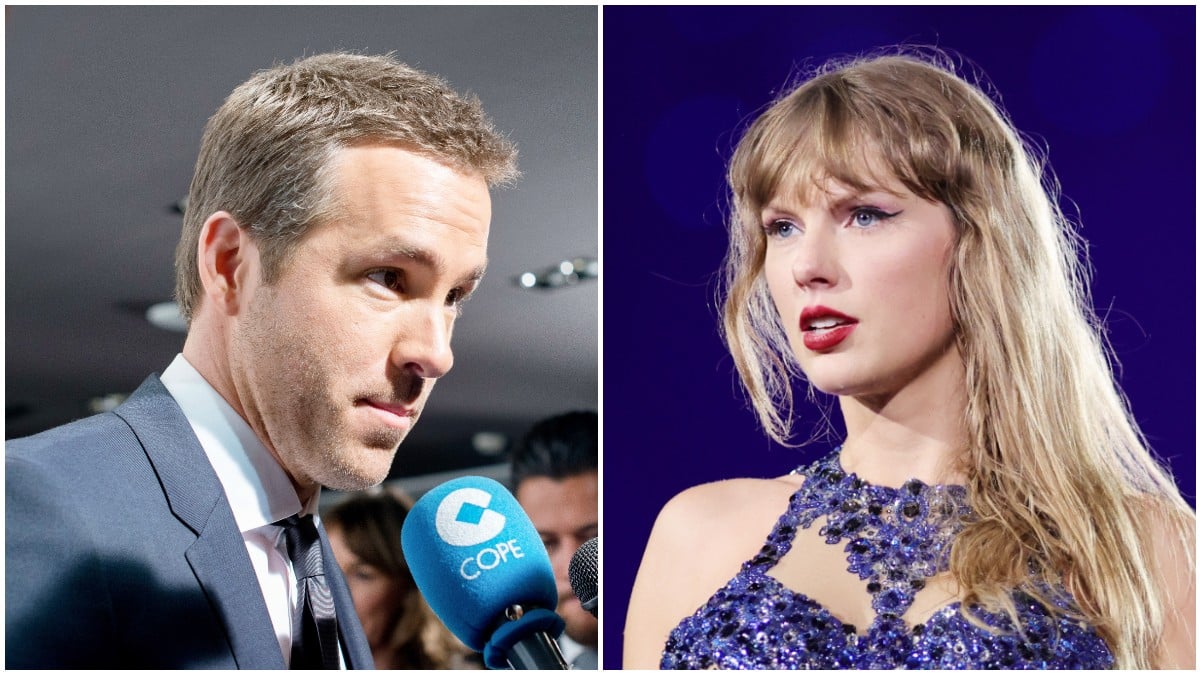
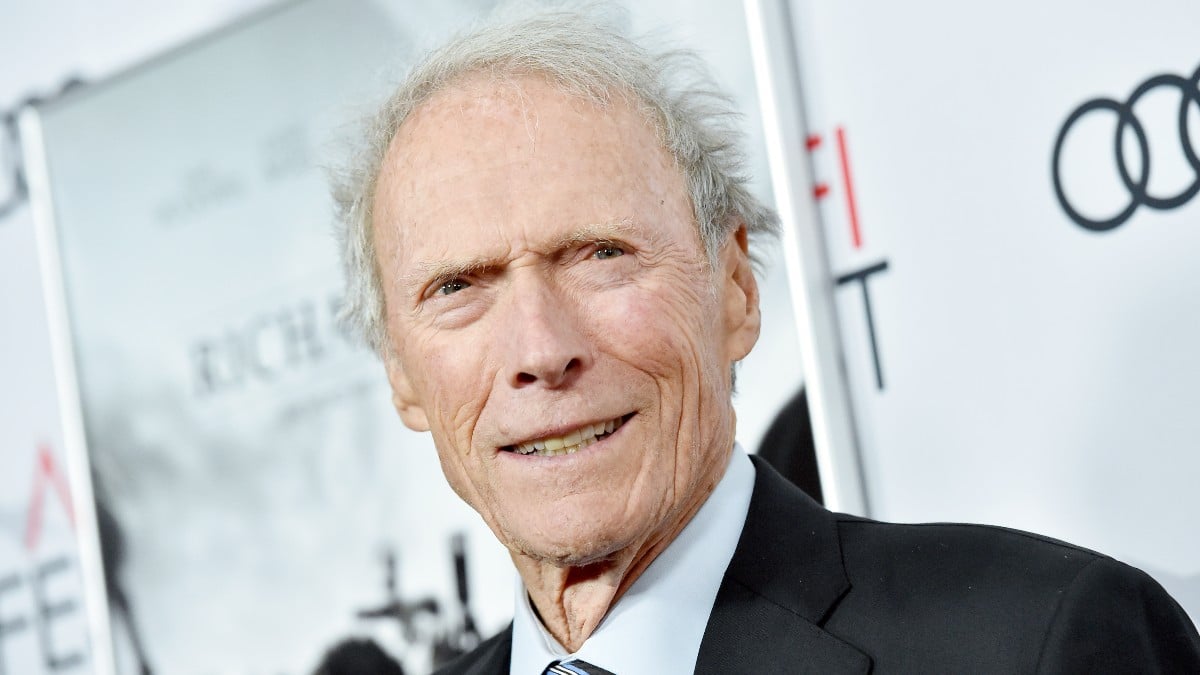
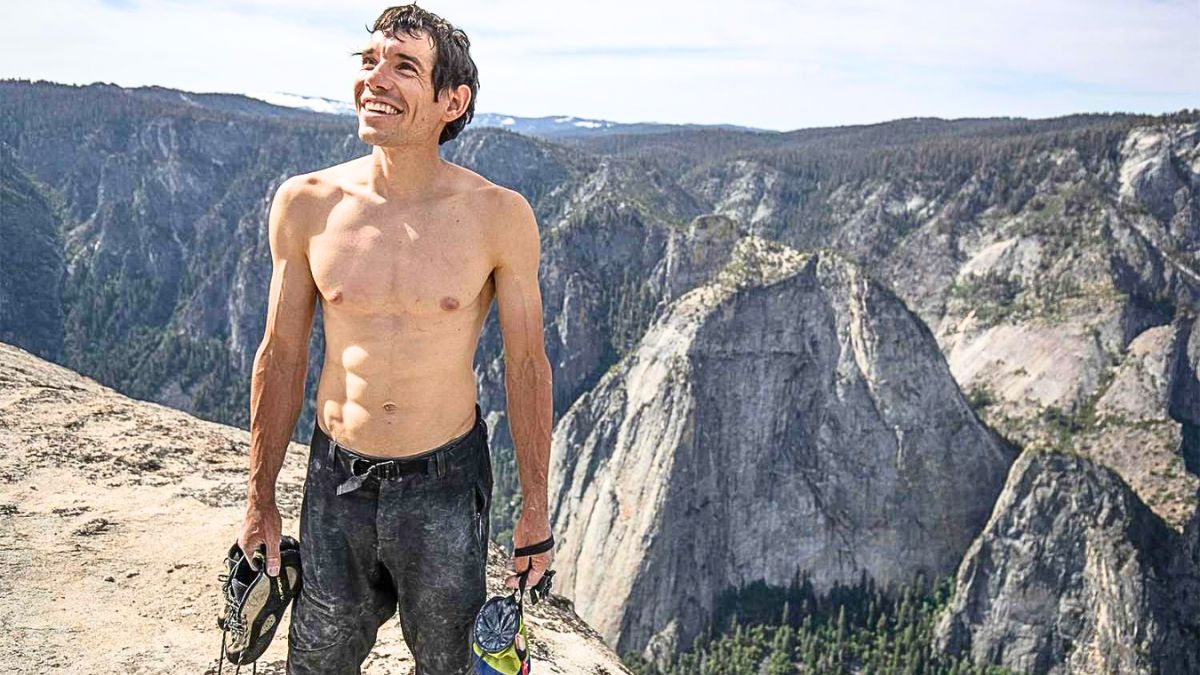
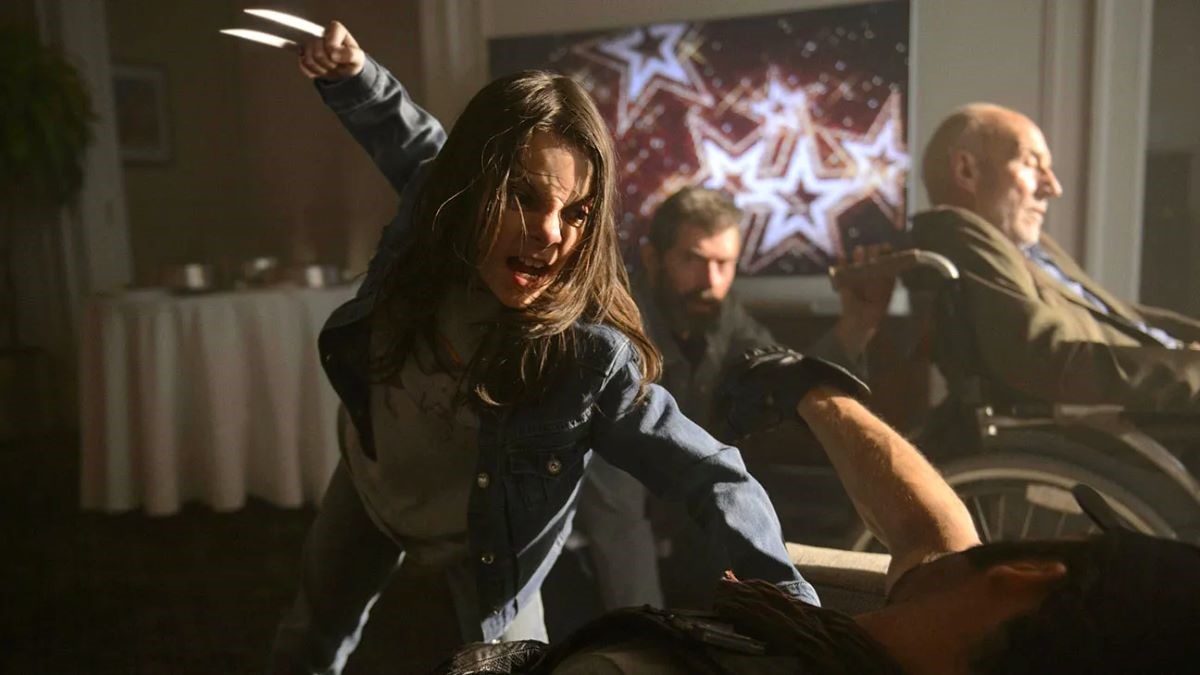
Published: Oct 8, 2016 04:37 pm